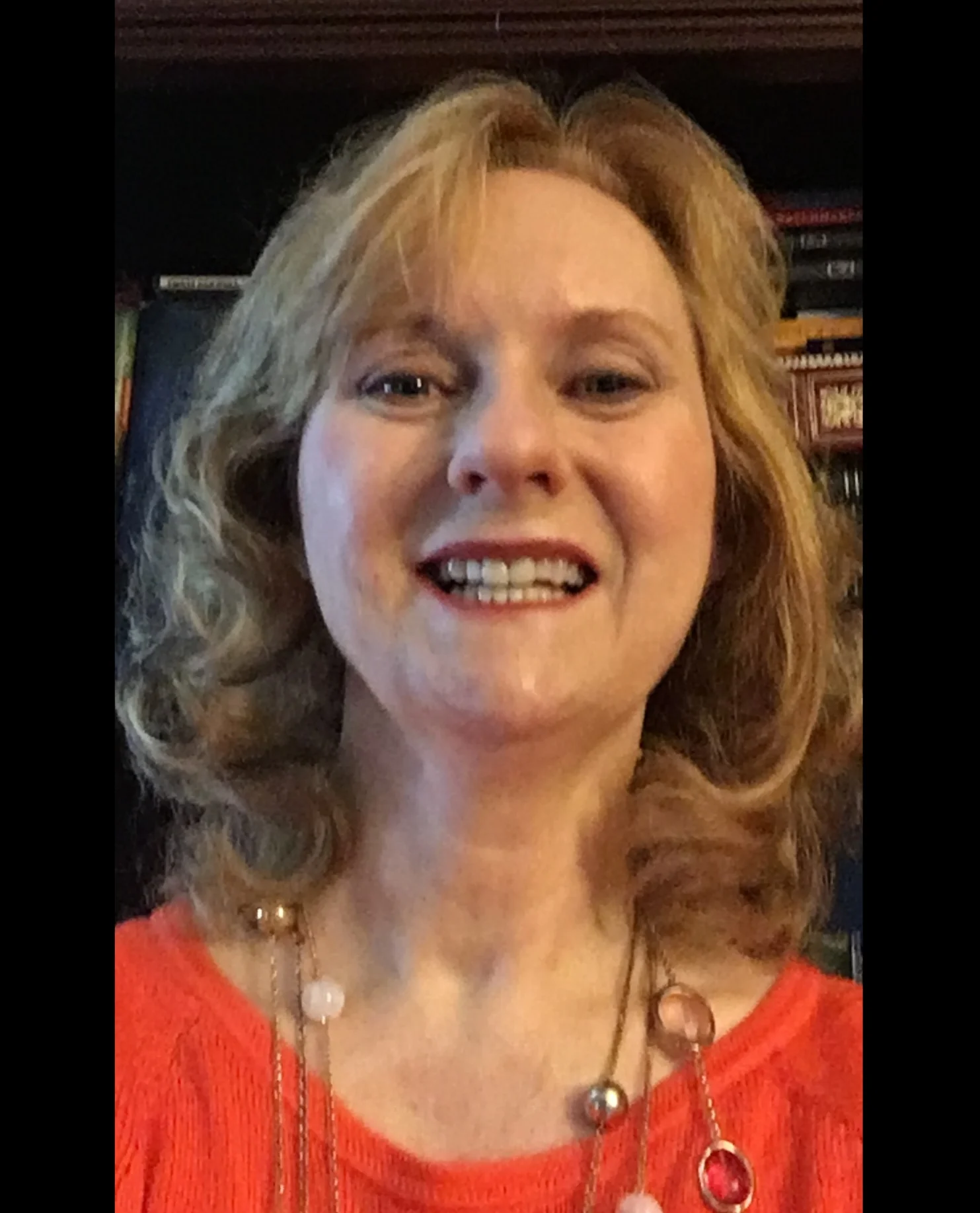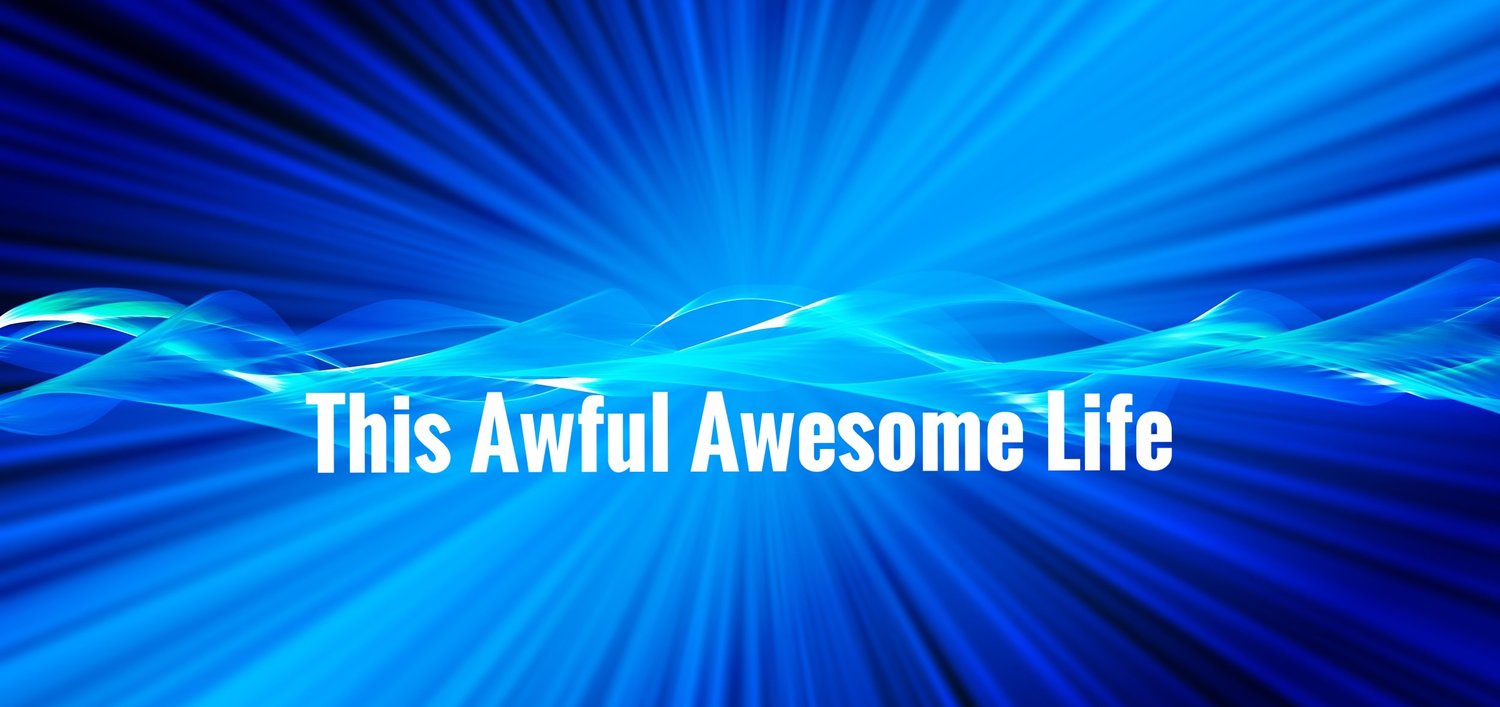Edgar Allan Poe (“The Murders in the Rue Morgue”), Wilkie Collins (The Woman In White and The Moonstone), Charles Dickens (Bleak House), and Metta Fuller Victor (The Dead Letter) gifted readers and fellow writers with the mystery genre in the late 1800s.
They created some of the world’s first detectives and helped establish investigative techniques and tropes that are still used today.
It’s not that there weren’t mysteries in literature before these novels and short stories were written. For example, E.T.A. Hoffmann’s Das Fräulein von Scuderi (1819) features Mlle. de Scuderi, a 19th century forerunner of Miss Marple who helps the police discover the murderer of a jeweler. Voltaire’s Zadig (1748) features a main character who has a gift for analyzing clues.
As much as we all love the works of classic mystery writers like Sir Arthur Conan Doyle, Agatha Christie, Dashiell Hammett, or Dorothy L. Sayers, the mystery genre has had to adapt and change with time.
In the late 19th century and the early 20th century, “whodunits” became popular. Crimes were solved by logical deductions and reasoning. Writers focused less on the personal lives of their main characters and more on their deductive reasoning skills. We often didn’t know a lot about the victims. They were there merely to further the plot.
From the 1920s to the 1950s, mystery plots became more complex and featured more characters. Writers concentrated more on providing clues and often red herrings (false clues) to involve their readers in solving the mystery. The hard-boiled detective emerged thanks to Raymond Chandler and Dashiell Hammett. Readers got their first glimpse of grittier more realistic crimes and characters. Movies and radio serials based on detectives and master sleuths entertained the public and increased the popularity of the mystery genre.
During the 1950s and 1960s mystery writers began exploring the psychological and societal factors leading to the commission of crimes. The mystery genre expanded to include psychological thrillers, cozy mysteries, Nordic Noir, and historical mysteries. They began developing their characters, giving them a backstory and often a motivation for their actions. A detective seeks justice because someone in his family or circle of influence was denied justice. A victim has a secret, or they became wealthy/powerful by exploiting others. Perhaps the victim worked to stop evil and corruption and the person/people they stopped want revenge. Television created another medium for mystery writers to explore.
In the 1970s, more women authors entered the mystery genre. P.D. James entertained us with Cordelia Gray, a female private investigator, and the Inspector Dalgleish mystery series. Police procedurals remained strong, and Tony Hillerman expanded the diversity of the sub-genre with Jim Chee and Joe Leaphorn who were members of the Navajo Tribal Police.
During the 1980s, locked-room mysteries and classic mysteries by authors like Agatha Christie regained popularity. Police procedurals remained popular and historical mysteries gained popularity. Sarah Paretsky and Sue Grafton came out with the hard-boiled female detectives V.I. Warshawski and Kinsey Millhone.
The 1990’s saw the continuation of hard-boiled mysteries and crime procedurals and elevated the popularity of psychological thrillers.
During the 2000s, mystery conspiracies became popular. Psychological thrillers continued to excite fans and coroners, and crime scene investigators were more prominently featured in police procedurals. Michael Connelly who created the Harry Bosch series in 1992 introduced The Lincoln Lawyer Series with Mickey Haller.
In the 2010’s, mysteries with a twist such as Gone Girl or The Girl on the Train became popular. Also, mystery writers began to explore the complexities of time travel and paranormal activity.
We’re now in the middle of the 2020s and the mystery genre often blends with other genres. Ironically, Rebecca by our featured author this month, Daphne du Maurier first blended romance with mystery in 1938, but critics insisted on classifying her as a romance novelist. Mysteries in the 2020s often have elements of horror, romance, fantasy, or historical fiction. They include diverse characters and settings. Elements of true crime, modern anxiety, and urgency are present, and writers are experimenting with new ways to use traditional mystery tropes. Technology and cybercrime feature heavily in many contemporary mystery thrillers. While conspiracy theories are still popular, the emphasis is now on domestic conflict instead of doomsday plots though depending on world developments, we could see a return in the popularity of plots centered on global conspiracies, international corporate greed, or global conflicts.
What are your current favorite works from the mystery genre?
Sources for This article:
https://thrillermagazine.org/2024/12/27/trends-in-thriller-fiction/
https://nationalcentreforwriting.org.uk/?s=The+enduring+allure+of+crime+fiction






